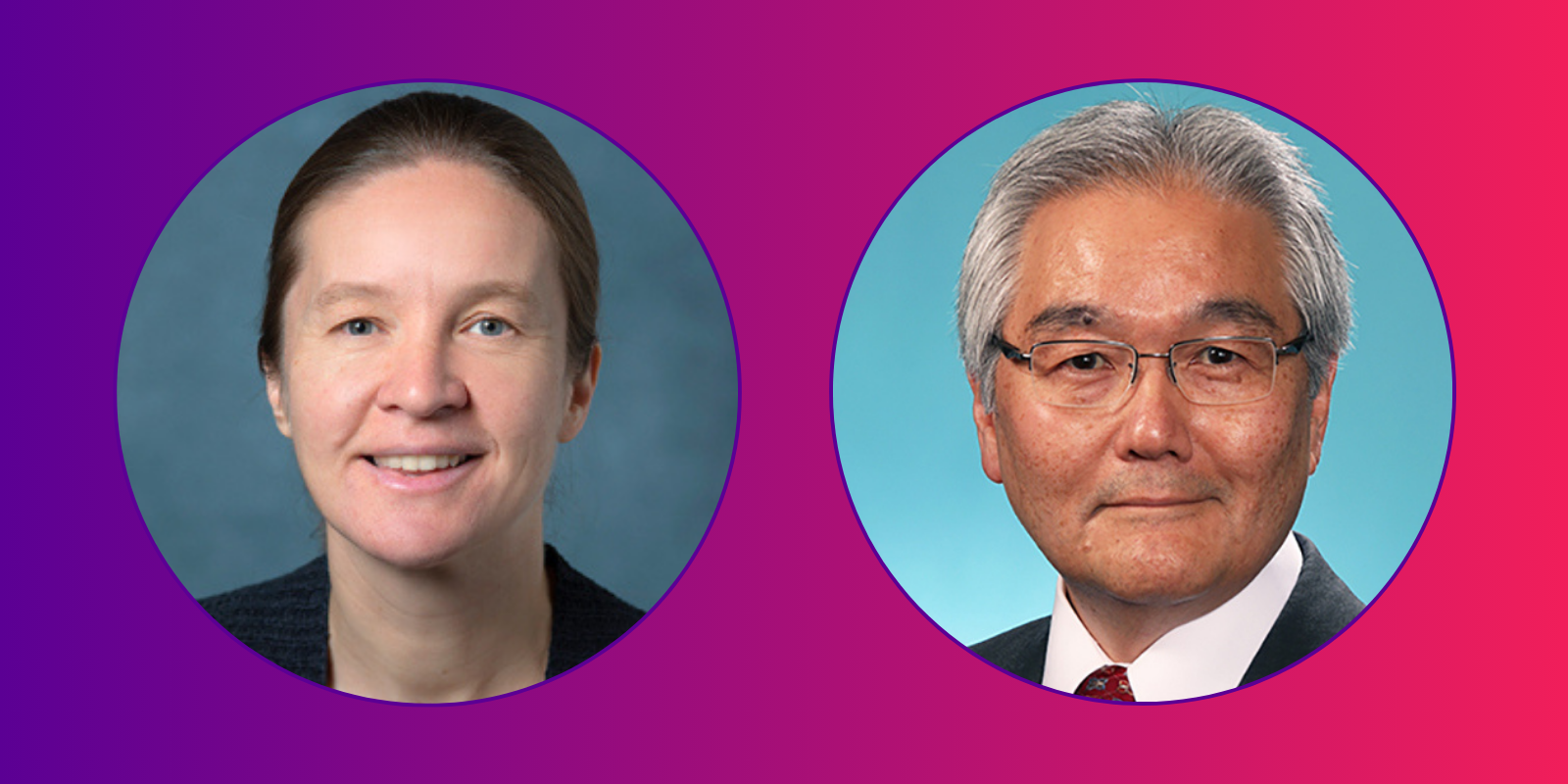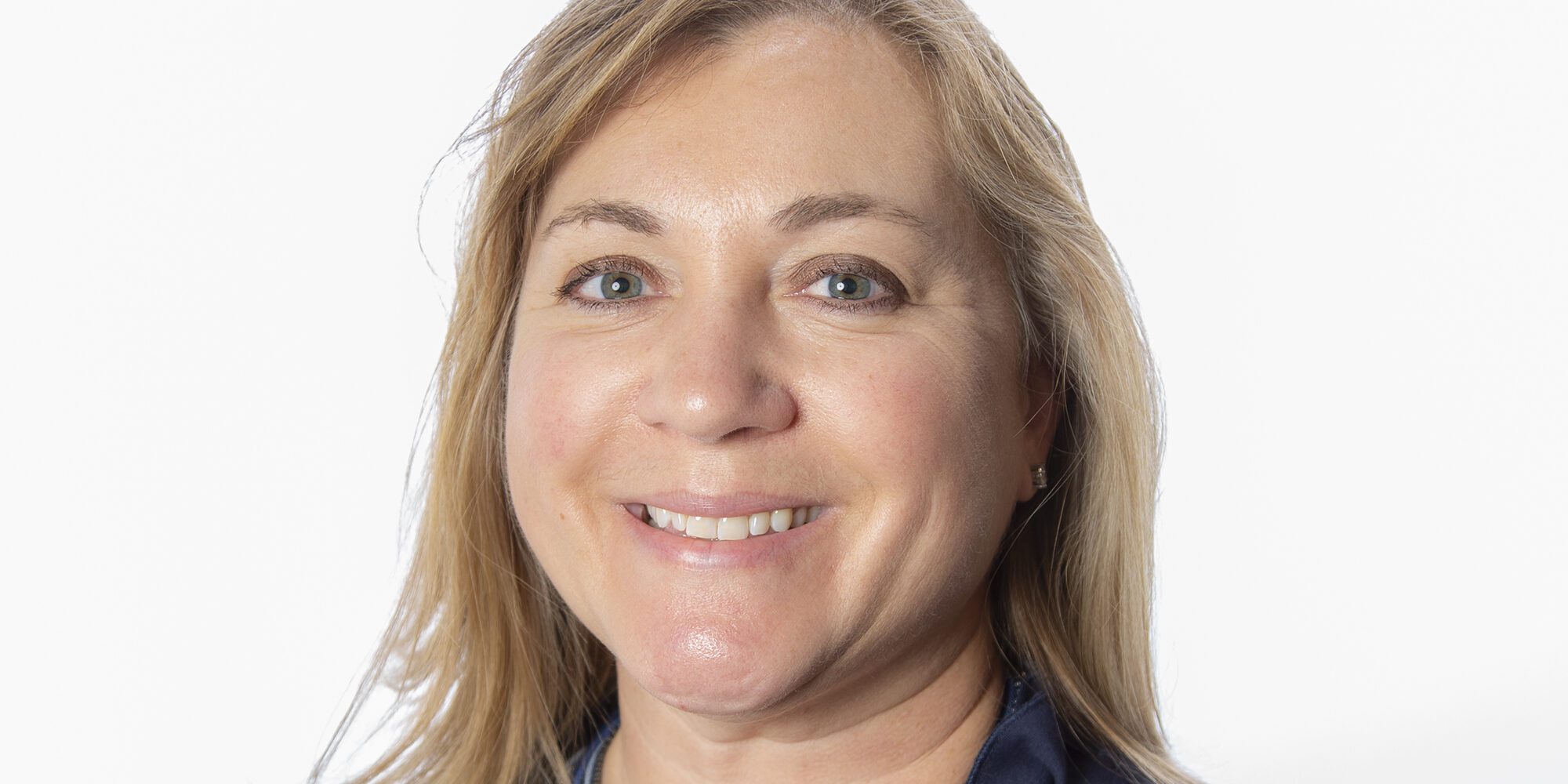
This autumn, AAI launches its Introduction to Computational Immunology course, designed to equip researchers at all career stages with essential bioinformatics and computational skills. AAI News & Views spoke with the directors of the course, Dr. Ferhat Ay (Part 1) and Dr. Dan Beiting (Part 2), about the importance of computational immunology.
Dr. Ay is an Institute Leadership associate professor of Computational Biology at the La Jolla Institute. Dr. Beiting is associate professor of pathobiology at the University of Pennsylvania School of Veterinary Medicine.
What is computational immunology?
Beiting: Computational Immunology is an interdisciplinary field that combines immunology with computer science, mathematics, statistics, and engineering to model, simulate, analyze, and predict immune system behavior.
Ay: Bioinformatics means conceptualizing biology in terms of basic building blocks like cells and molecules, and then using tools from computer science, statistics, and mathematical modelling to organize and make sense of all the information related to these building blocks, especially when dealing with large amounts of data. Immunology has always been a data-rich discipline but this increased by orders of magnitude in the past decade. With single-cell sequencing, immune repertoire profiling, spatial transcriptomics, multiplex imaging, and other high-throughput methods, there is now volumes of data waiting to be converted to knowledge. This is where computational immunology comes in.
Why should immunologists learn more about computational immunology? How can their research be improved or changed with the discipline?
Ay: For many in the field, the value should be clear by now, I hope. Modern immunology research is enabled by generation and analysis of large-scale datasets. This in no way replaces the deep and careful mechanistic work that many of us appreciate and enjoy. Next generation of big discoveries will likely come from embracing both. I think we would all benefit from a workforce that is trained in computational skills whether it is bioinformatics or artificial intelligence. This does not mean we all need to be coders but not realizing the full benefits of all advanced technologies at our disposal would be a missed opportunity not only at the personal level but also for the entire field.
Beiting: Immunologists now routinely conduct experiments that produce massive datasets, including high-dimensional flow cytometry, single cell genomics, microscopy, proteomics, microbiome profiling, TCR/BCR sequencing, and more. Being competitive in this environment, means that trainees need to complement traditional ‘at the bench’ skills with expertise in data science. Combining wet-lab and dry-lab skillsets will empower immunologists to distill complex data into insight and action, and to integrate diverse datatypes to build a more complete and systems-level understanding of immune processes.
How did you get into computational immunology to begin with?
Ay: Fortuitously, I would say! I am trained in Computer Science and Mathematics. But for my PhD, I wanted to work on applications of algorithms and computational methods to life sciences. And ever since then, I have been slowly but surely moving towards addressing problems that are directly driven by biological discovery and translational relevance.
Beiting: I became interested in computational immunology as a postdoc in David Roos’ lab at the University of Pennsylvania. After completing a PhD in cellular immunology, I was eager to build on my experience with animal models by beginning to explore genomics and computational approaches to studying host responses to infection.
What has been the most interesting development in your research?
Beiting: Working in a highly collaborative laboratory side-by-side with programmers, bioinformaticians, and database developers, was a transformative experience and was key to my success as an independent faculty member, where I study interactions between the immune system and microbes at barrier sites such as the skin, gut, and lung. In addition to our immunology research interests, my lab develops software tools and resources to empower researchers to become better data scientists.
Ay: In this journey, La Jolla Institute for Immunology has been transformative for me, working together and learning from world-class immunologists has shaped my research in many ways. I am also really excited about the increasing presence of computational immunology in AAI’s activities.
Have you ever taken an AAI summer course? What was your experience like?
Ay: I did, indeed! However, this was in 2020 so it was not in person. Maybe it was just so that I get the experience to be on the other side of it as a course director myself, now that I think of it 🙂 It was a great experience for me hearing from the leading scientists in the field about immunology. I was impressed by how well organized everything was and more so with the Q/A sessions where the quality of questions tells you how intellectually stimulating and inspirational the course that they just listened to has been for the participants. I strive and hope that we will match this level of quality and engagement with the Computational Immunology course.
Part 1 of the Computational Immunology Course (virtual) runs September 9–11, 2025. Part 2 is in person in Philadelphia, October 16–19, 2025.



